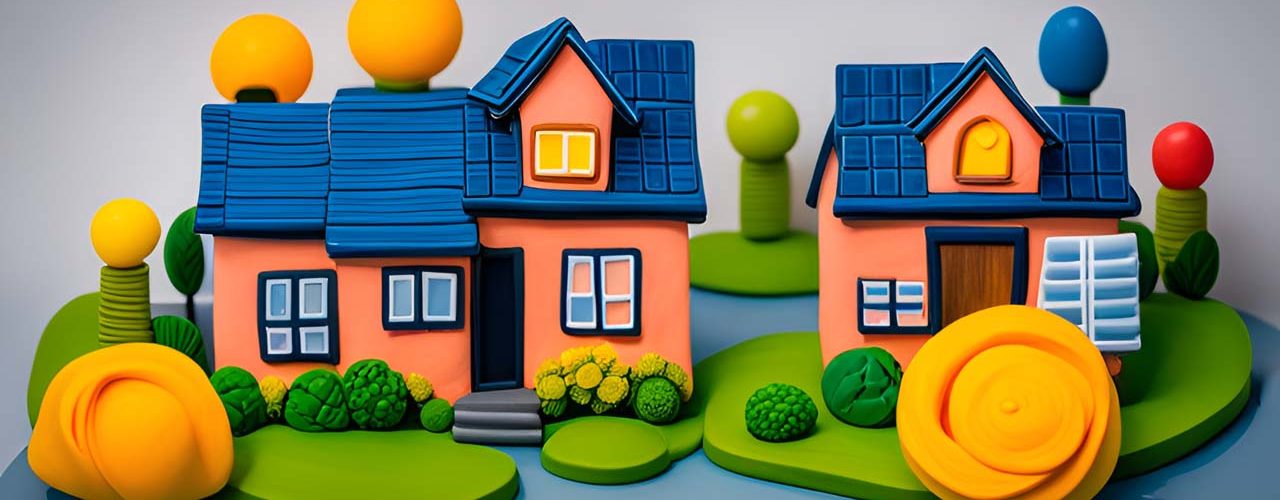Maximizing Energy Efficiency in Australian Homes: Tips and Tricks for Lowering Your Bills

Energy efficiency has become increasingly important in Australian homes, as the country grapples with the environmental impact of the Australian mining industry and looks to reduce its carbon footprint. In this article, we’ll explore the benefits of reducing energy consumption in your home and provide practical tips for lowering your energy bills while also decreasing your environmental impact.
Understanding Energy Efficiency
Energy efficiency refers to using less energy to provide the same level of service or output. It’s an essential aspect of Australia’s plan for reducing greenhouse gas emissions and achieving a sustainable future. In contrast, energy conservation involves using less energy by reducing the amount of service or output. Both are essential to creating a more sustainable Australia, but this article will focus on improving energy efficiency in your home.
By making your home more energy-efficient, you’ll not only reduce your energy bills but also help create a cleaner environment for future generations. So, let’s dive in and explore some common energy wasters in Australian homes and how to address them.
Common Energy Wasters in Australian Homes
Before we discuss tips for maximizing energy efficiency, it’s essential to identify common energy wasters in Australian homes. Some of the most notorious culprits include:
- Heating and cooling systems
- Lighting
- Appliances and electronics
- Inadequate insulation and sealing
As mentioned earlier, reducing energy consumption in these areas can significantly lower your energy bills and carbon footprint. In the following sections, we’ll provide practical tips for addressing each of these energy wasters.
Tips for Maximizing Energy Efficiency in Australian Homes
Heating and Cooling
Heating and cooling systems are among the largest contributors to high energy bills in Australian homes. Here are some tips for reducing energy consumption related to these systems:
- Keep your thermostat at a consistent temperature, ideally between 18-20°C in winter and 25-27°C in summer.
- Regularly maintain and clean your heating and cooling systems to ensure they’re running efficiently.
- Use ceiling fans instead of air conditioners where possible.
- Install window coverings to block sunlight in summer and retain heat in winter.
Lighting
Lighting is another significant contributor to high energy bills. To reduce energy consumption related to lighting, consider the following tips:
- Switch to energy-efficient LED bulbs, which use up to 85% less energy than traditional incandescent bulbs.
- Turn off lights when not in use, and make use of natural sunlight when possible.
- Install dimmer switches or motion sensors to reduce unnecessary energy consumption.
Appliances and Electronics
Appliances and electronics can also contribute to high energy bills. To reduce energy consumption in this area, consider these tips:
- Unplug devices when not in use, as they can still consume energy in standby mode.
- Choose energy-efficient appliances with high Energy Star ratings when purchasing new devices.
- Wash clothes using cold water and run full loads in washing machines and dishwashers.
- Consider using a smart power strip to manage the energy consumption of multiple electronic devices.
Insulation and Sealing
Insulation and sealing play a crucial role in maintaining a comfortable temperature in your home, and poor insulation can contribute to high energy bills. Below are some tips for improving insulation and sealing in your home:
- Inspect your home for drafts and seal any gaps around doors, windows, and wall outlets.
- Ensure your home has adequate insulation, particularly in the roof and walls.
- Consider double-glazed windows to reduce heat transfer and improve thermal performance.
By addressing these common energy wasters, you’ll be well on your way to creating a more energy-efficient home. For more ideas, check out the Energy Efficient Homes – Australian Government website and the Energy Saving Tips – CHOICE resource.
Government Incentives and Rebates for Energy Efficiency
It’s worth noting that the Australian government offers various incentives and rebates to encourage homeowners to invest in energy efficiency improvements. These incentives can help offset the costs of implementing energy-efficient measures and make it easier to achieve a more sustainable home.
For example, the Australian government provides rebates for installing solar panels, solar hot water systems, and energy-efficient heating and cooling systems. There are also incentives available for upgrading insulation, purchasing energy-efficient appliances, and more.
It’s also essential to stay informed about local and state government programs that may offer additional incentives and rebates. For more information on energy efficiency and government incentives, read this Energy Efficient Homes: What You Need to Know – Sydney Morning Herald article.
Conclusion
In conclusion, the importance of energy efficiency in Australian homes cannot be overstated. By addressing common energy wasters and implementing the tips provided in this article, you can significantly lower your energy bills while reducing your carbon footprint.
Remember, heating and cooling systems, lighting, appliances, and insulation all play a crucial role in your home’s overall energy efficiency. By optimizing these areas, you’ll be well on your way to achieving a more sustainable and energy-efficient home. Furthermore, don’t forget to explore the government incentives and rebates available to you, which can help make your energy efficiency journey more affordable.
For more inspiration on living sustainably, check out these ways to embrace sustainable living in Australia. We hope this article has provided you with valuable information and motivated you to take action. Remember, every small step towards energy efficiency counts and helps create a cleaner and greener future for all Australians.



